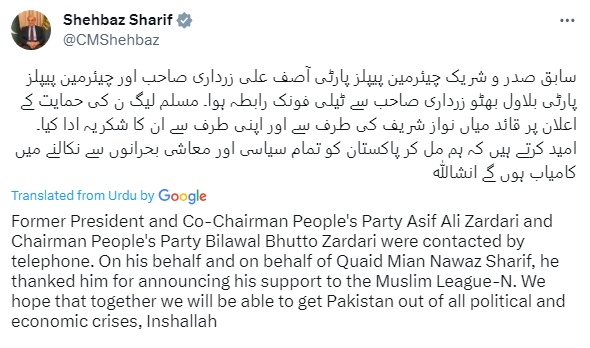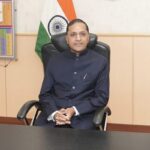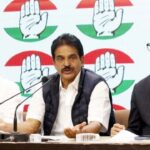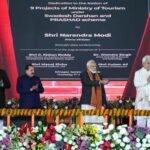Lahore, Pakistan, February 14 – Pakistan now has Shehbaz Sharif as prime minister after days of intensive political maneuvering following the results of the inconclusive elections. Taking over for his brother Nawaz Sharif, who is not allowed to run for office because of allegations of corruption, Shehbaz leads a coalition government that is made up of the Pakistan Peoples Party (PPP) and his Pakistan Muslim League-Nawaz (PML-N). Although there has been a significant shift in Pakistan’s political environment, there are still several obstacles on the way.
Nawaz Sharif makes strategic moves as he fields Shehbaz as #PM candidate and Maryam for Punjab #CM.
— SAMAA TV (@SAMAATV) February 14, 2024
The final PM announcement will be made in collaboration with allied parties. #SamaaTV #NawazSharif #ShehbazSharif #MaryamNawaz #PakistaniPolitics pic.twitter.com/vkSQ2kDUGl
The Path to Cooperation for the New Shehbaz Sharif Government:
A fractured parliament was the outcome of the elections held on February 8th, since no one party was able to secure a clear majority. With independent candidates supported by the party, Imran Khan’s Pakistan Tehreek-e-Insaf (PTI) emerged as the largest group, however the party was unable to form a government. After many days of talks, the PML-N and PPP unexpectedly formed an alliance. Motivated by the need for economic recovery and stability, this action confirmed a course for progress while also arousing worries.

An Inquiring Government :
Even if the new coalition has a sizable majority, uncertainties remain. First off, there are still questions about the election’s validity. Khan fiercely charges that the PPP and PML-N are the beneficiaries of military rigging, which inflames political tensions and ignites protests. Second, there are doubts regarding the PML-N and PPP’s capacity to work together harmoniously and fulfill their commitments due to the alliance’s past issues.
Taking Up Urgent Concerns:
Pakistan is confronted with several pressing problems. The security situation is still precarious, inflation is skyrocketing, and the economy is on the verge of collapse. Reviving the economy, reining in inflation, and resolving public concerns about corruption and governance must be the top priorities for the upcoming Shehbaz Sharif government. Stability will also depend on resolving the current political divisions and managing the strained relationship with the military.
Although Shehbaz Sharif’s appointment marks a turning moment in Pakistan’s political history, there are many unknowns on the horizon. Is the new administration able to fulfill its promises and overcome its obstacles? Can it put an end to worries about the electoral process and bring the divided country together? Whether this partnership is a real move toward stability and growth or just another short-term development in Pakistan’s turbulent political history can only become clear with time.







